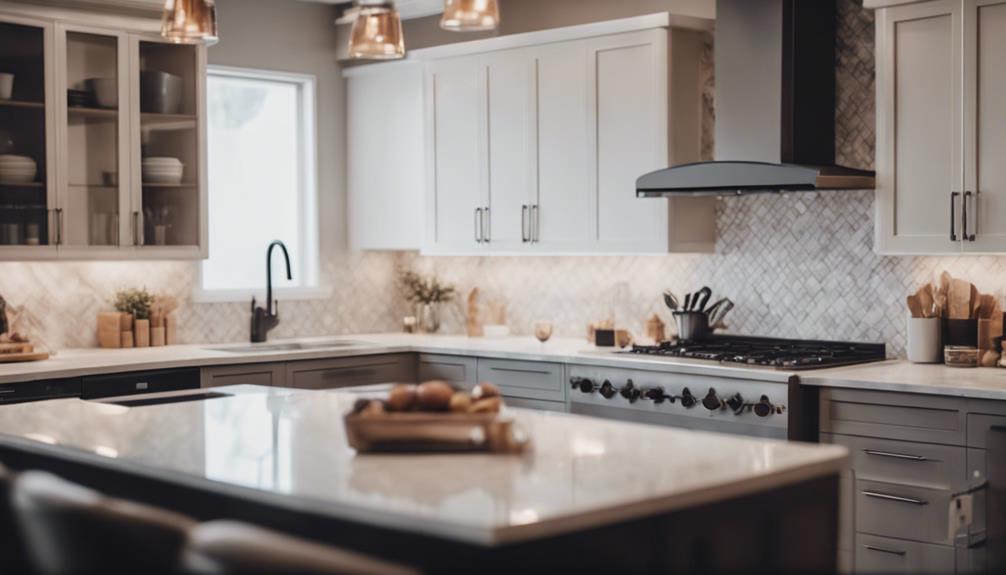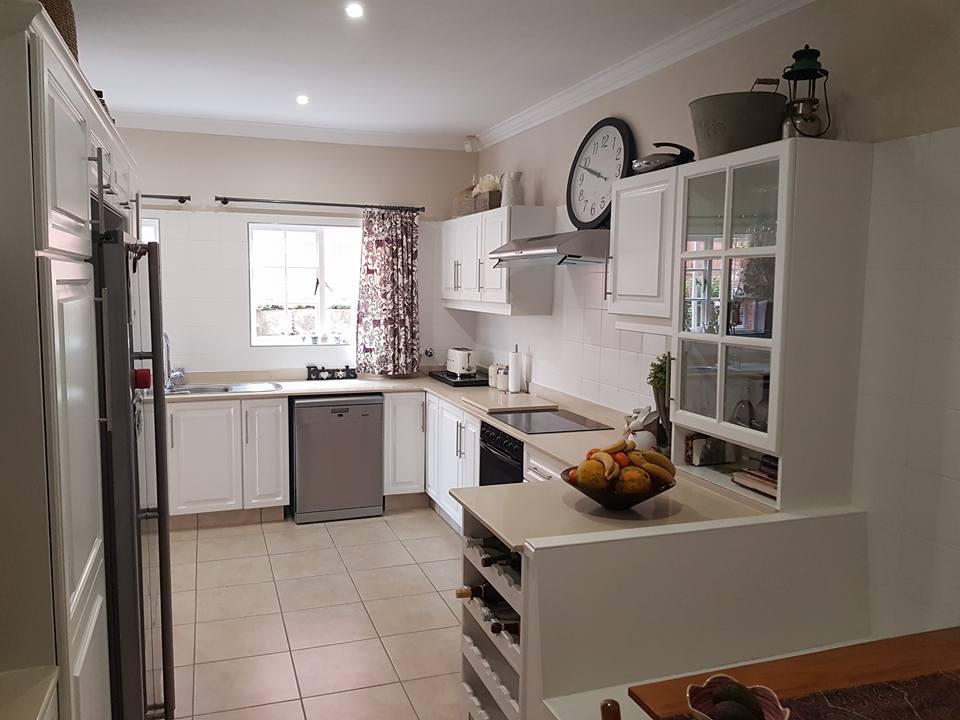When it comes to choosing countertops for your home, durability and heat resistance are important factors to consider.
Granite is a popular choice for many homeowners due to its natural beauty and long-lasting qualities, but is it really heat resistant? Here’s what you need to know about granite and heat resistance:
- Granite is a heat-resistant material: Granite is a natural stone that is formed under high pressure and heat, so it can withstand high temperatures. It is resistant to heat damage and can handle the heat of pots and pans placed on its surface.
- It’s not completely heatproof: While granite can withstand high temperatures, it’s not completely heatproof. Extreme heat can still cause damage to the surface of the granite, especially if it’s left in contact with the heat source for an extended period of time.
- Use trivets or hot pads: To protect your granite countertops from heat damage, it’s a good idea to use trivets or hot pads when placing hot pots, pans, or other cookware on the surface. This will help prevent heat damage and keep your granite looking its best.
- Avoid placing hot items directly on the granite: It’s also a good idea to avoid placing hot items directly on your granite countertops. This includes items like a hot skillet or oven tray, which can cause the granite to crack or become discolored.
- Use caution with open flames: Granite is also resistant to open flames, but it’s still a good idea to use caution when using a stovetop or grill near your granite countertops. It’s best to use a stovetop burner cover or trivet to protect the surface from direct heat.
Overall, granite is a heat-resistant material that can withstand the heat of pots and pans placed on its surface. However, it’s still a good idea to use caution and protect the surface from extreme heat to ensure it stays looking its best. By following these simple precautions, you can enjoy the beauty and durability of your granite countertops for many years to come.















